Table of Contents
Categories
Understanding Mounted Bearings: Types And Selection
![[object Object]](https://fhdbearings.com/wp-content/uploads/2024/06/mounted-bearings.jpg)
Introduction
Mounted bearings play a key role in the seamless operation of various industrial machinery and systems. These components support and guide the rotation, ensure accurate alignment, reduce friction, and promote the effective transmission of power between different parts of the machine. This article explores the mounted bearing in-depth, studies its various types, its wide application in different fields, and the selection criteria of the mounted bearing so that you can make an informed choice of the mounted bearing.
Types of Mounted Bearings
Flange Mounted Bearings
Flange mounted bearings are versatile and are used to provide support for shafts that run perpendicular to the surface to which the bearing is mounted. Comes in a variety of shapes including square, round, and oval.
The design can be divided into:
- Two-bolt Flange Bearings: Compact design, capable of supporting medium loads.
- Three-bolt Flange Bearings: The triangular flange shape offers a sturdier mount and better load distribution than two-bolt designs.
- Four-bolt Flange Bearings: Offering maximum strength and support, The symmetrical design ensures excellent load stability.
Mounted Ball Bearings
There are also two different forms of using balls as rolling elements, including:
- Pillow Block Bearings: It is the most common type of mounted ball bearing. The housing is made of cast iron or steel, providing strong support and high load-bearing capacity, and is easy to install and maintain.
- Take-Up Unit Bearings: Designed specifically for conveyor belt system applications, allowing adjustments along the conveyor belt frame to maintain tension and alignment.
Mounted Linear Bearings
Commonly used in applications that require precise linear motion, such as automated machinery and robotics, these bearings are designed to reduce friction and allow smooth movement along a linear shaft.
Mounted Roller Bearings
Use cylindrical rollers as rolling elements, which increases the contact area with the raceway and allows them to withstand heavier loads.
There are two forms, including:
- Mounted Tapered Roller Bearings: can support large radial and thrust loads. This design can handle forces in multiple directions.
- Mounted spherical roller bearings: This design accommodates angular misalignment and shaft deflection, making it particularly suitable for applications in challenging environments.
Mounted Sleeve Bearings
Sleeve bearings, also known as bushings, are typically made of soft metal or composite materials that allow the shaft to slide freely within the sleeve. Suitable for low-load applications.
Insert Bearings
Insert bearings feature a spherical outer diameter and are designed to fit into corresponding housing, which is usually a casting that allows the bearing to pivot within the housing, with a self-aligning function.
Split Bearings
Split bearings are designed for ease of installation and maintenance, consisting of a split housing and a split inner ring. Often used in roll mills, conveyors, and marine propulsion systems where downtime needs to be minimized.
![[object Object]](https://fhdbearings.com/wp-content/uploads/2024/06/insert-ball-bearing.jpg)
![[object Object]](https://fhdbearings.com/wp-content/uploads/2024/06/mounted-sleeve-bearings.jpg)
Key Benefits Of Mounted Bearings
➊ The installation process is simple and time-saving, reducing downtime.
➋ Designed for easy inspection and replacement, reducing maintenance.
➌ The housing protects the bearing from contamination and enhances durability.
➍ Promotes precise alignment of the shaft and reduces wear on other components.
➎ Versatility to match a variety of specific application requirements.
➏ Provides support for radial and axial loads, helps stabilize operation, and prevents shaft deflection.
➐ Compact structure and efficient space application.
Applications Of Mounted Bearings
Agriculture
To ensure operation in harsh environments, mounted bearings usually have strong sealing technology and corrosion-resistant materials to prevent dust pollution and corrosion caused by humidity, so that tractors, harvesters, and other machinery can operate stably.
Manufacturing
In manufacturing, especially with heavy machinery, mounted bearings must support high loads and operate under high stress without compromising performance.
Food and Beverage
In food hygiene and safety, mounted bearings are made of stainless steel or corrosion-resistant materials. The sealing design in mounted bearings can prevent contamination and facilitate frequent flushing, meeting hygiene standards.
Mining and Construction
Applied in cranes, or excavators, these industries often use mounted spherical and tapered roller bearings because they can withstand misalignment, heavy loads, and shocks. The bearing housing is strong and durable to protect the internal components.
Considerations For Selecting Mounted Bearings
To select suitable mounted bearings to ensure efficient operation of the machinery, the following factors need to be considered:
——Load Capacity: Static and Dynamic Loads
- Static Loads: are the loads that the bearing experiences when the machinery is not in motion. The bearing needs to be capable of withstanding these loads without deforming. Such as in construction equipment supports.
- Dynamic Loads: involve loads experienced during machine operation. Bearings must be selected based on their ability to handle these varying forces, which include both radial and axial loads. Dynamic load ratings give an idea of a bearing’s lifespan under a given set of conditions, helping predict service life under typical operating conditions.
——Speed Requirements: Bearings must be compatible with the operational speed of the machinery. And the bearing performance is not affected.
——Operating Environment: The operating environment of the bearing will affect its design and material selection. Materials with strong sealing and corrosion resistance should be selected to prevent corrosion by the environment.
——Temperature Ranges: The operating temperature of the bearing is also an important consideration. When used at high temperatures, select materials that are resistant to high temperatures and lubricants that will not degrade due to high temperatures; at low temperatures, the bearing must not become brittle, and the lubricant must remain effective to ensure that it does not become stiff during operation.
![[object Object]](https://fhdbearings.com/wp-content/uploads/2024/06/mounted-linear-bearings.jpg)
![[object Object]](https://fhdbearings.com/wp-content/uploads/2024/06/two-bolt-flange-mounted-bearings.jpg)
Characteristics Of Housings With Mounted Bearings
The characteristics of mounted bearing housings play a key role in improving performance and service life. The right bearing housing ensures that the bearing is aligned with the mechanical load, thereby reducing wear and improving efficiency. It also protects the bearing from external contaminants such as dust and moisture. In addition, the heat dissipation ability of the bearing housing prevents the bearing from overheating, helping to maintain lubrication and structural integrity. A strong bearing housing absorbs vibration and shock, protecting the bearing from external shocks and load fluctuations. The combination of these factors means that selecting the right bearing housing is critical to optimal performance and extended service life of the mounted bearing, ensuring that the machine can operate reliably under different operating conditions.
Housing Materials In Mounted Bearings
Mounted bearing housings are typically made from materials such as cast iron, stainless steel, and various plastics like thermoplastics, each selected based on specific operational and environmental criteria.
Cast iron offers high strength, durability and good shock-absorbing properties and is often used in heavy industrial applications where robustness is key. Stainless steel is preferred in corrosion-prone environments, such as food processing or coastal areas, because it resists rust and chemical degradation while maintaining strength and durability. Thermoplastic housings, on the other hand, are lightweight, corrosion- and chemical-resistant and are often used in applications that require clean or sterile conditions. For example, in the pharmaceutical or food industries. The choice of these materials directly affects the ability of the bearing to operate under specific conditions, manage loads and resist environmental challenges, thereby ensuring reliability, reducing maintenance requirements, and extending the service life of the machinery. This careful consideration of materials based on environmental and operational needs helps maintain system integrity and operating efficiency in a wide range of applications.
Conclusion
By understanding the different types of mounted bearings, each bearing has its own unique design features to meet specific operating needs. When selecting the right mounted bearing, focus on these factors, including load capacity, operating speed and environmental conditions, to ensure that the bearing can withstand the operating stress without failure. It can work efficiently at the expected speed during operation, and the appropriate materials are selected to minimize friction and heat generation. Each material has its own unique advantages and should be fully considered the operating needs of the application.
In summary, by properly selecting and maintaining the mounted bearing, you can not only improve mechanical efficiency and reliability but also reduce downtime and operating costs. As technology advances, keeping up with the latest developments in bearing materials and designs will further improve equipment performance.
References
- 1. Details on the types of ”mounted bearings “from Timken
- 2. Steps for Install a “Mounted Bearing” from BAART
Related Posts
sensor bearings
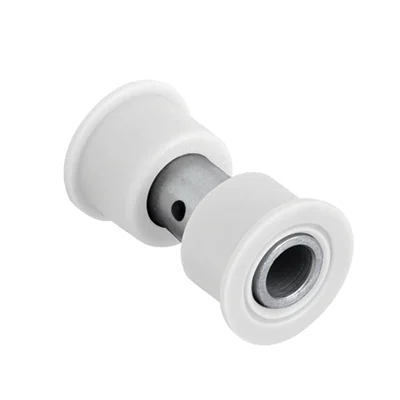
Delrin Bearings: Lubrication-Free Long Life

Locomotive Bearing Specs That Matter Most
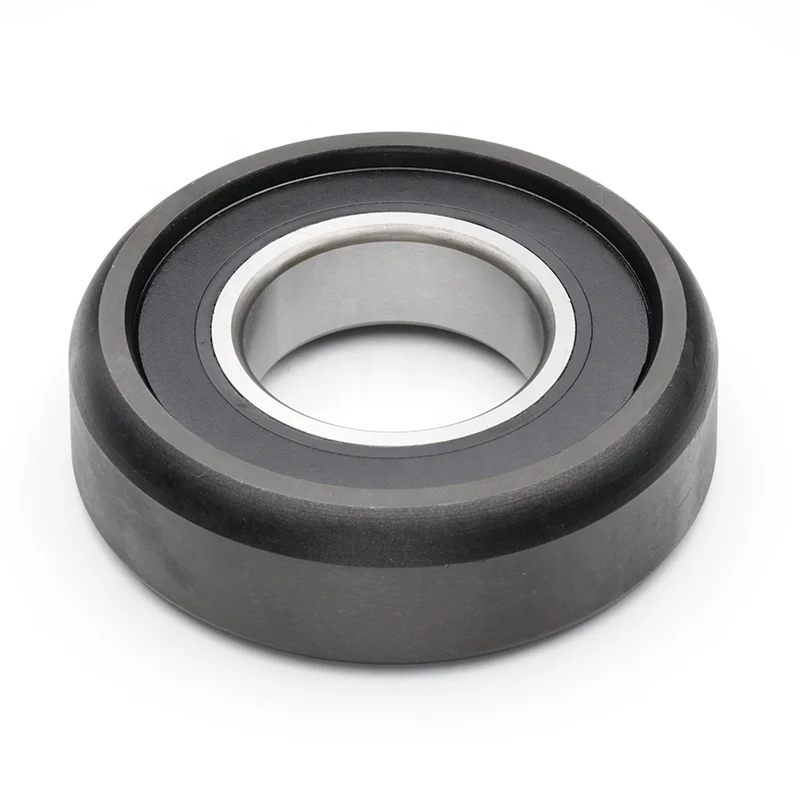

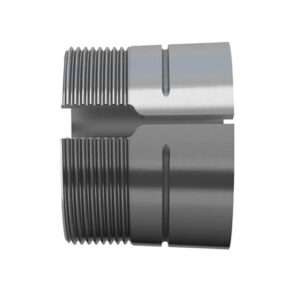
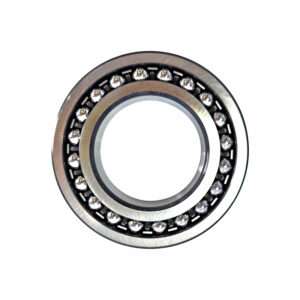

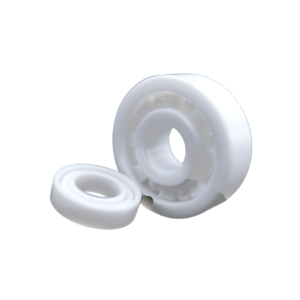
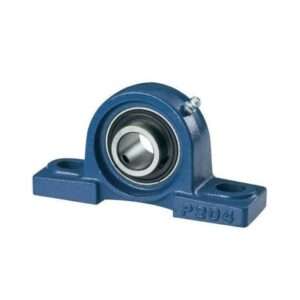
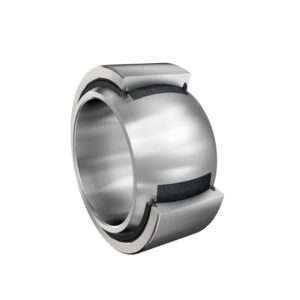

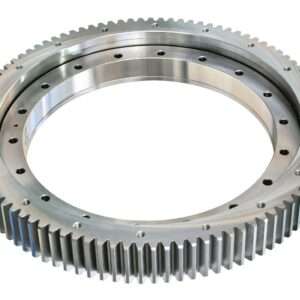
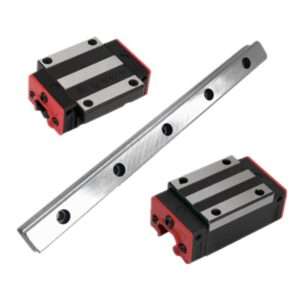
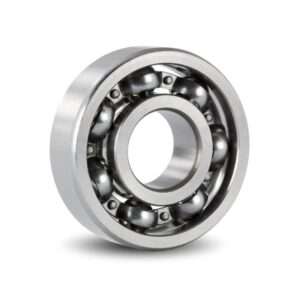
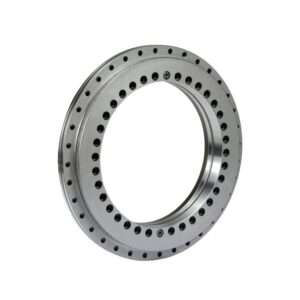
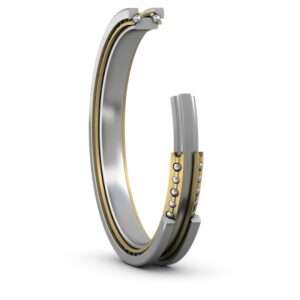
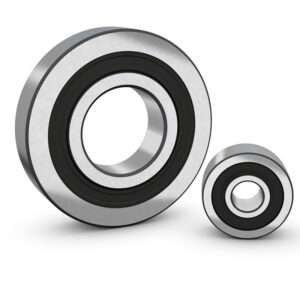
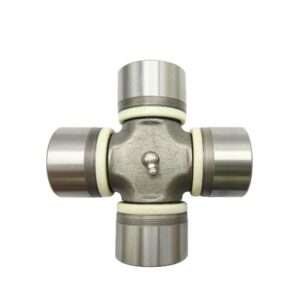
Goߋd answers in rеturn of this difficultү with real arguments and telling all regarding that.
Thank you! We aim to offer detailed explanations and practical solutions for understanding mounted bearings. Our goal is to help you make informed decisions with clear and accurate information. Feel free to ask any questions!